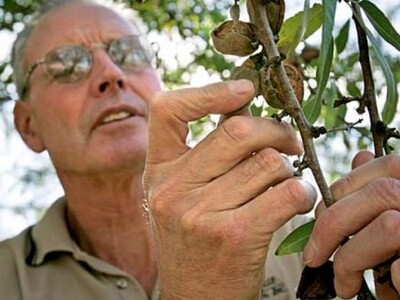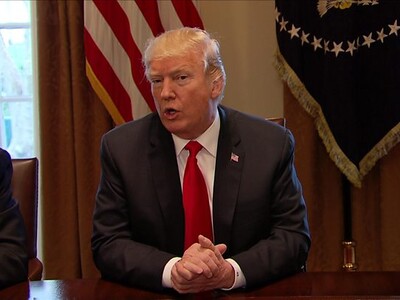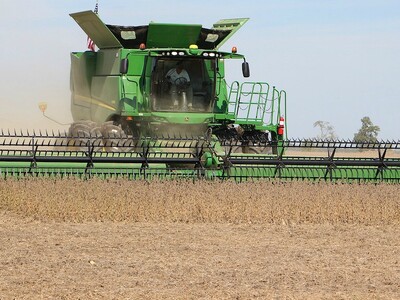Installing Solar
Installing Solar. I’m Greg Martin as Line On Agriculture presents the Harvest Clean Energy Report.
A lot of people are thinking about ways to save money and energy and even various states are helping out with programs designed to assist with installing alternate energy measures at your home, business or farm. Jonathan Lewis, owner of Seraphim Energy in
LEWIS: We do both off grid and grid connected systems. Like for an off grid person, they would buy some property in rural southwest Washington, southeast
An off grid system requires batteries to store excess electricity generated for nighttime and cloudy days.
LEWIS: And then for grid connected houses, usually not a new house but an existing structure, we would go in and do an energy audit and then design a system that would offset all or a portion of that and then go in and do that installation, either a roof mount or a pole mount, out of the barn, wherever and then that would tie into the electrical panel in the house and virtually run the meter backwards in that situation.
One nice thing about Lewis’ company is they try to use only American made or assembled products. He says there are different motivations for going solar.
LEWIS: Most of our customers it’s a green motivation. They’re looking to do something for the environment. A number of them are more motivated by controlling future energy costs, they’re worried they’re going to have runaway costs on things that they need fixed in their future budget and a lot of our customers call us up and are excited about doing wind power.
Lewis says that while wind power is enticing to a lot of people they really need to look at the numbers.
LEWIS: And then when they start looking at some of the payback analysis, the incentives that are available for solar, the 25 year warranty for the solar modules, no moving parts – a totally reliable system, some of those things tip them over and they realize that wind might be a little more fun to watch but the solar is the kind of slow and steady producer. It just comes up everyday when the sun comes up.
For additional information on clean energy, visit harvestcleanenergy.org. That’s today’s Line On Agriculture. I’m Greg Martin on the Northwest Ag Information Network.

















